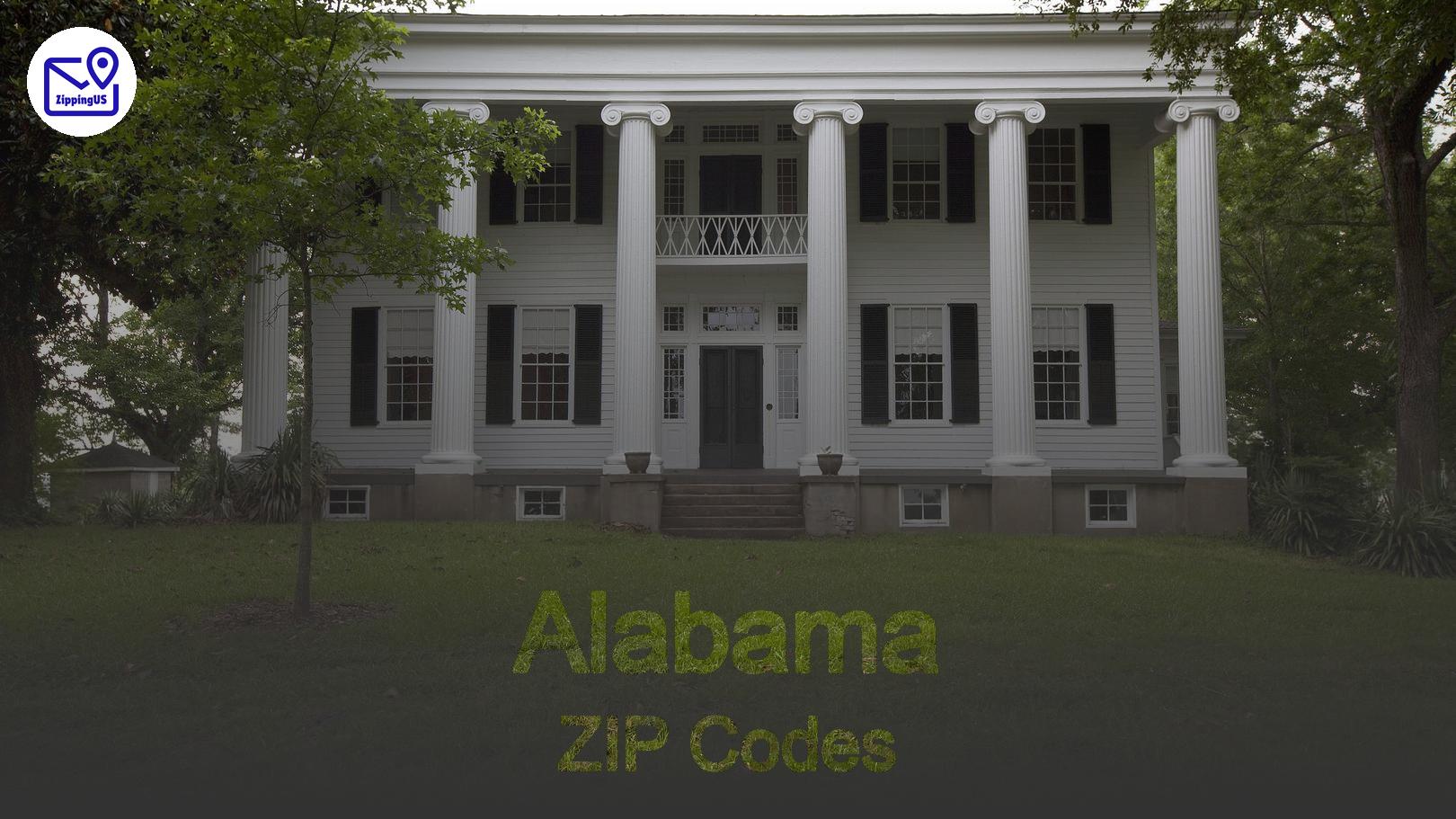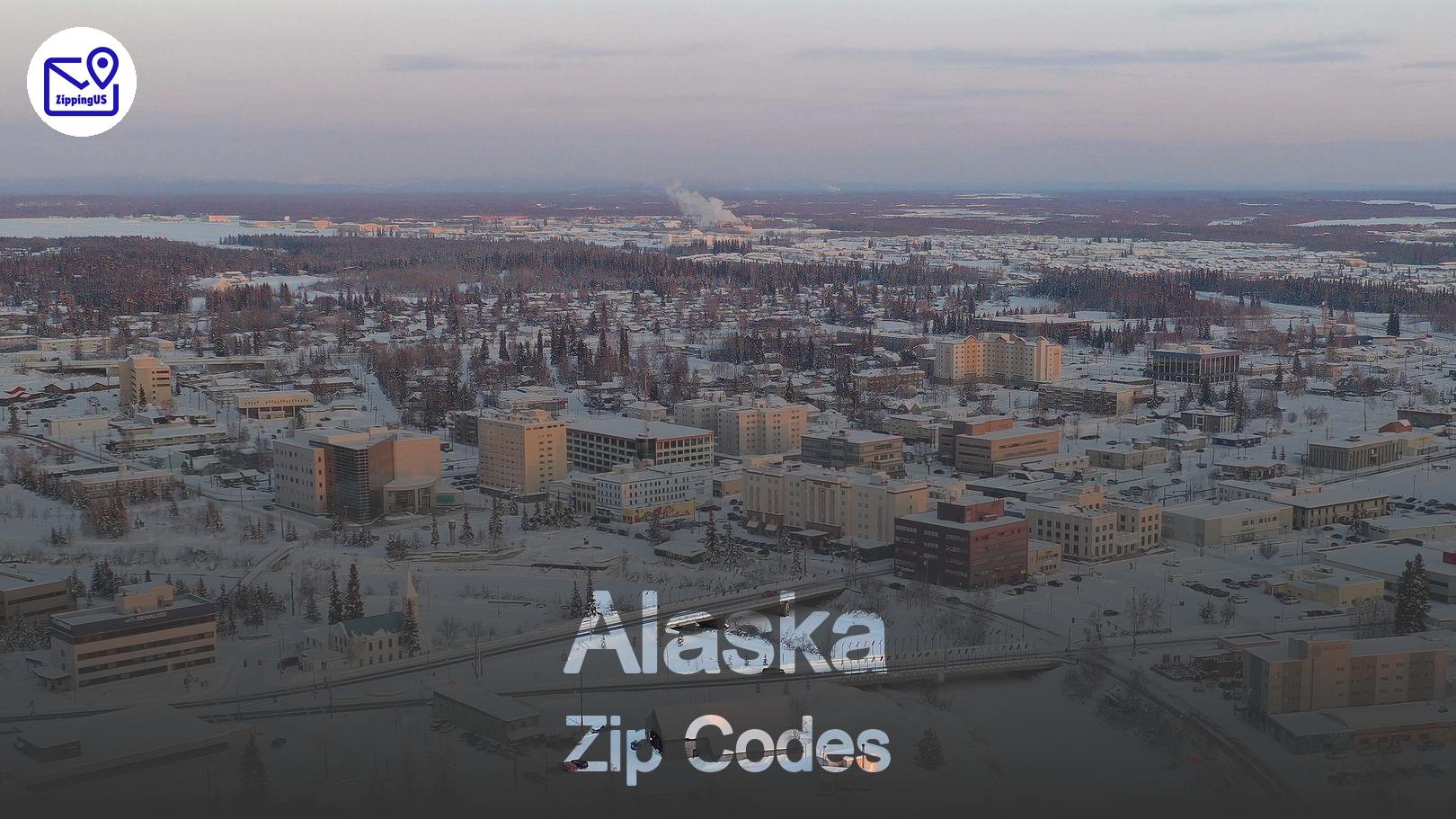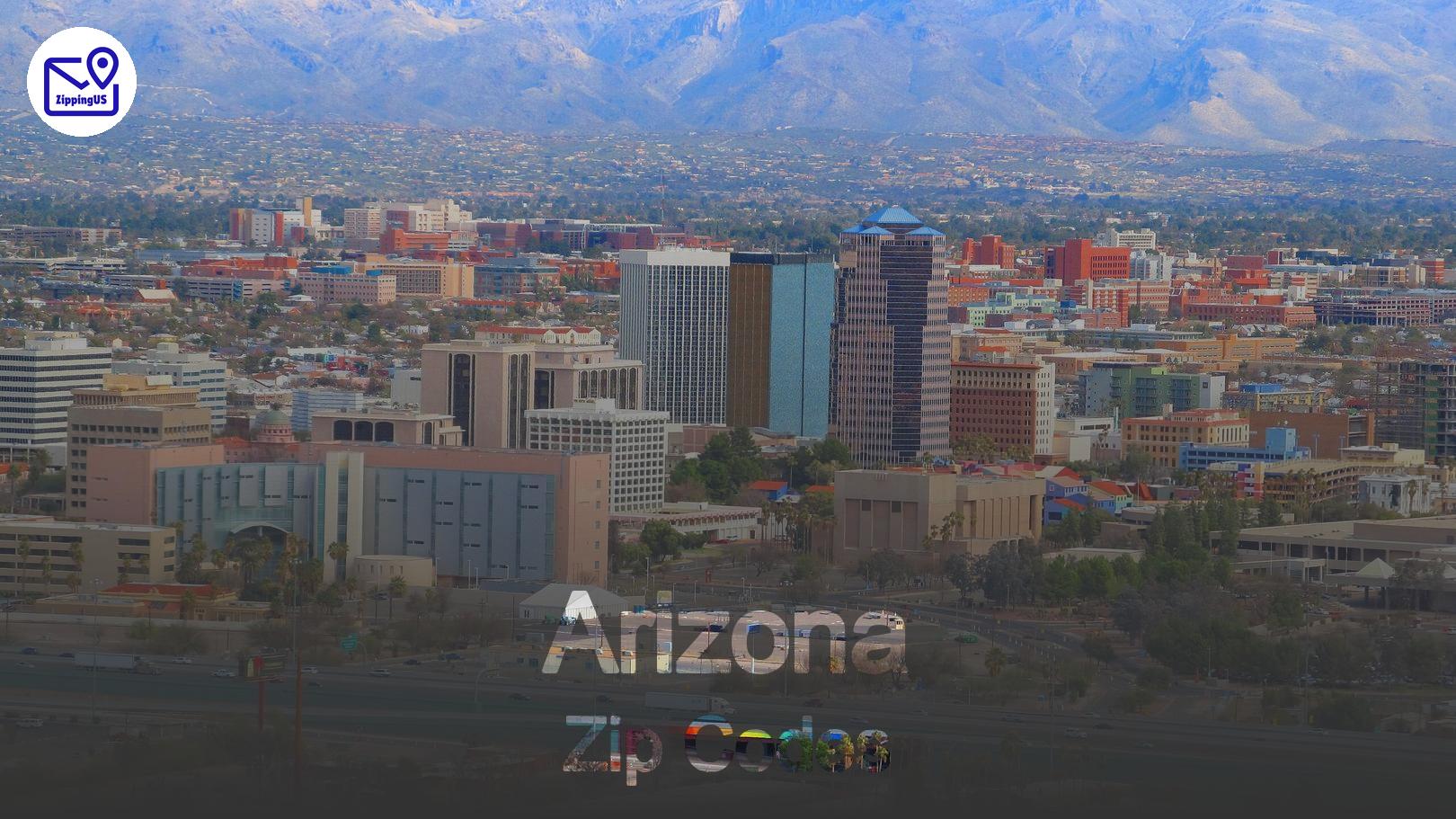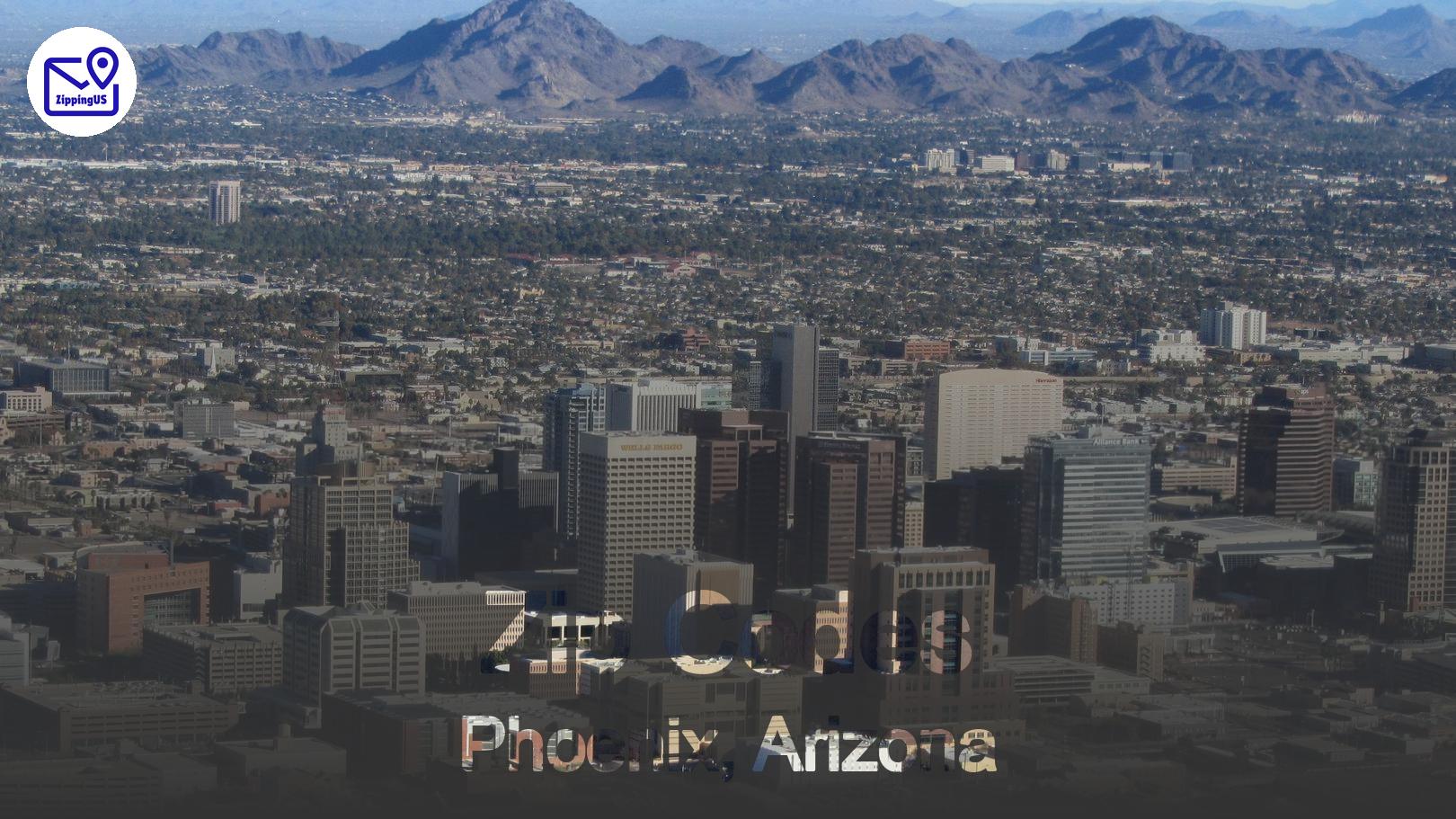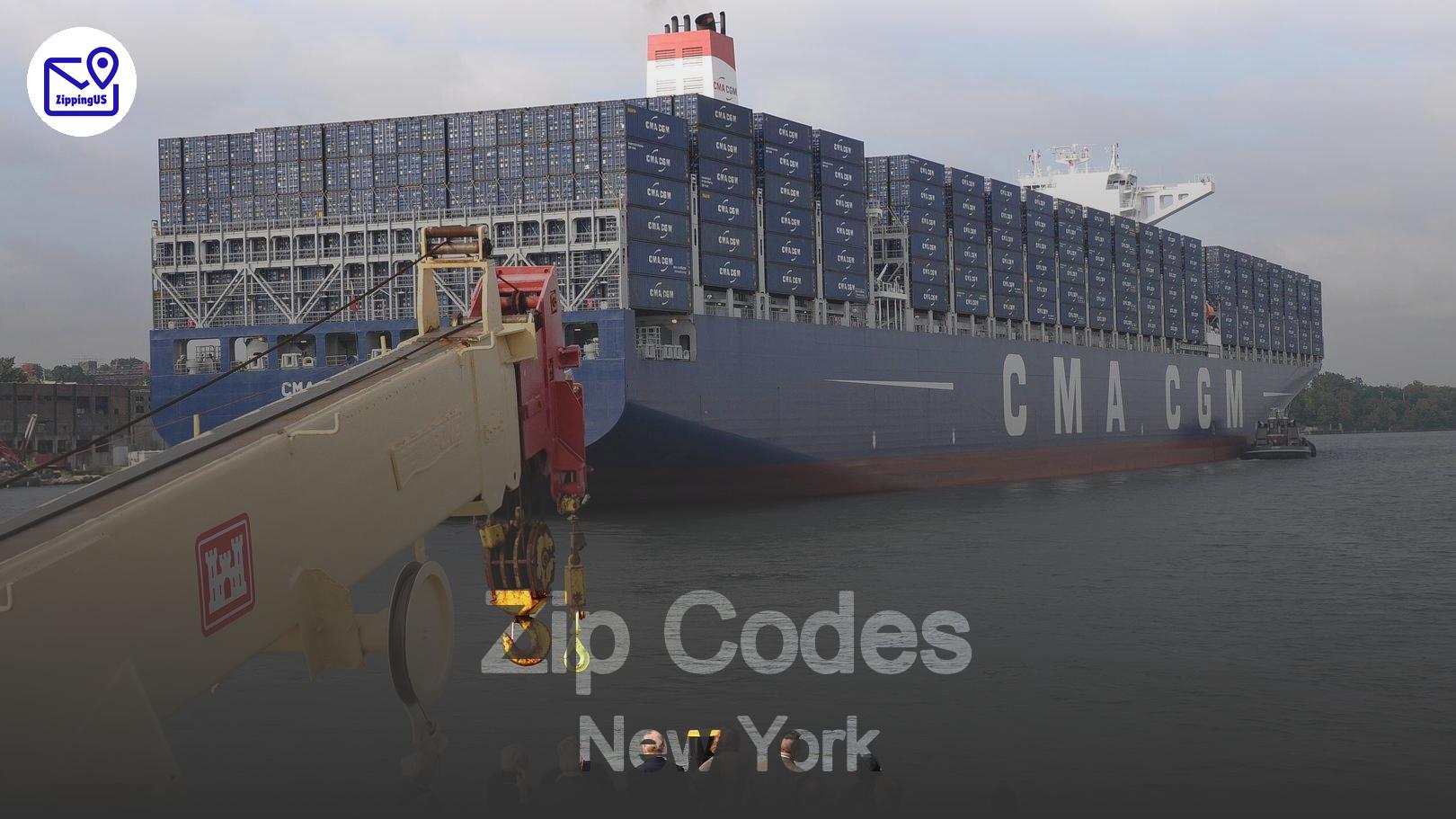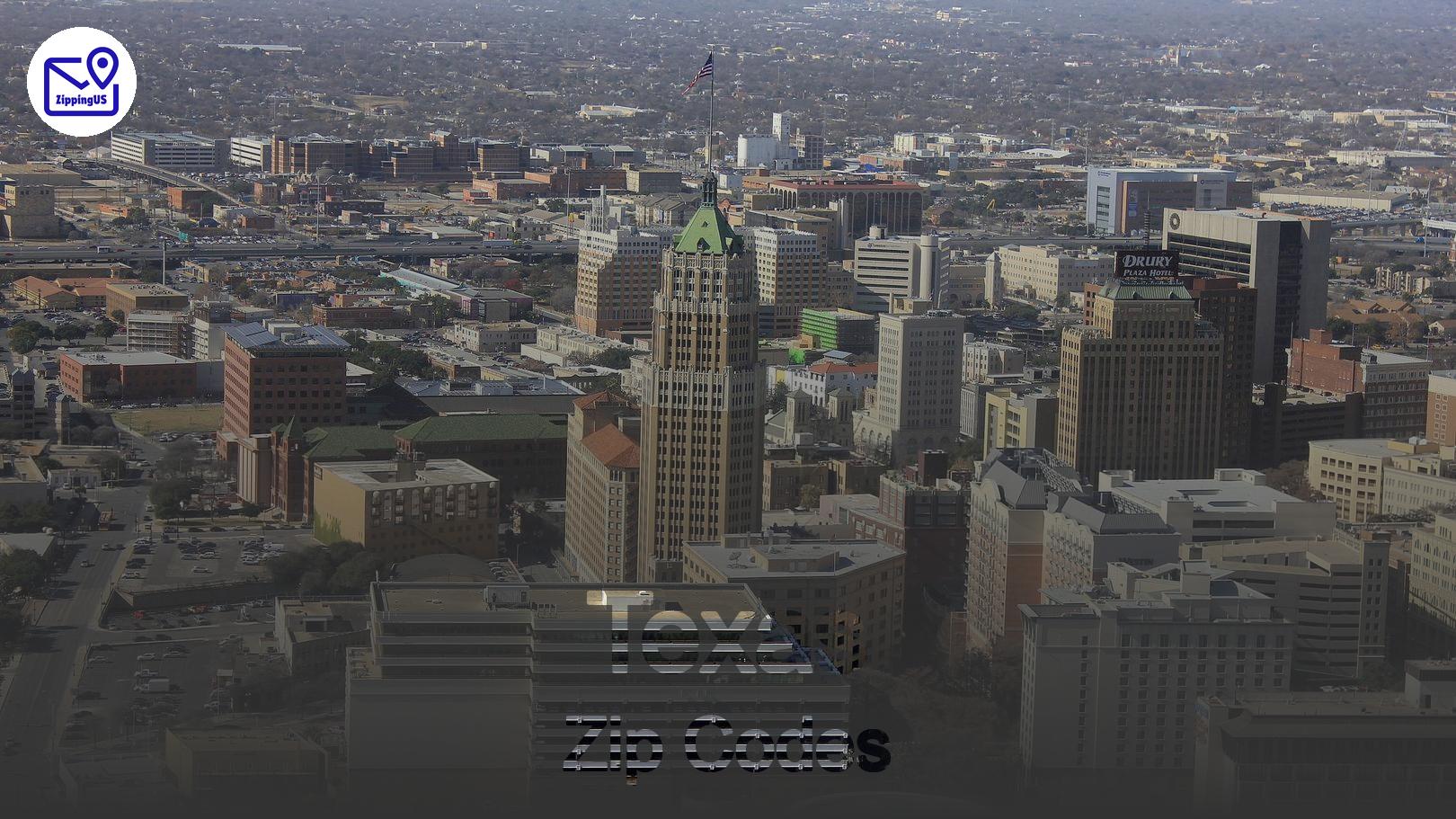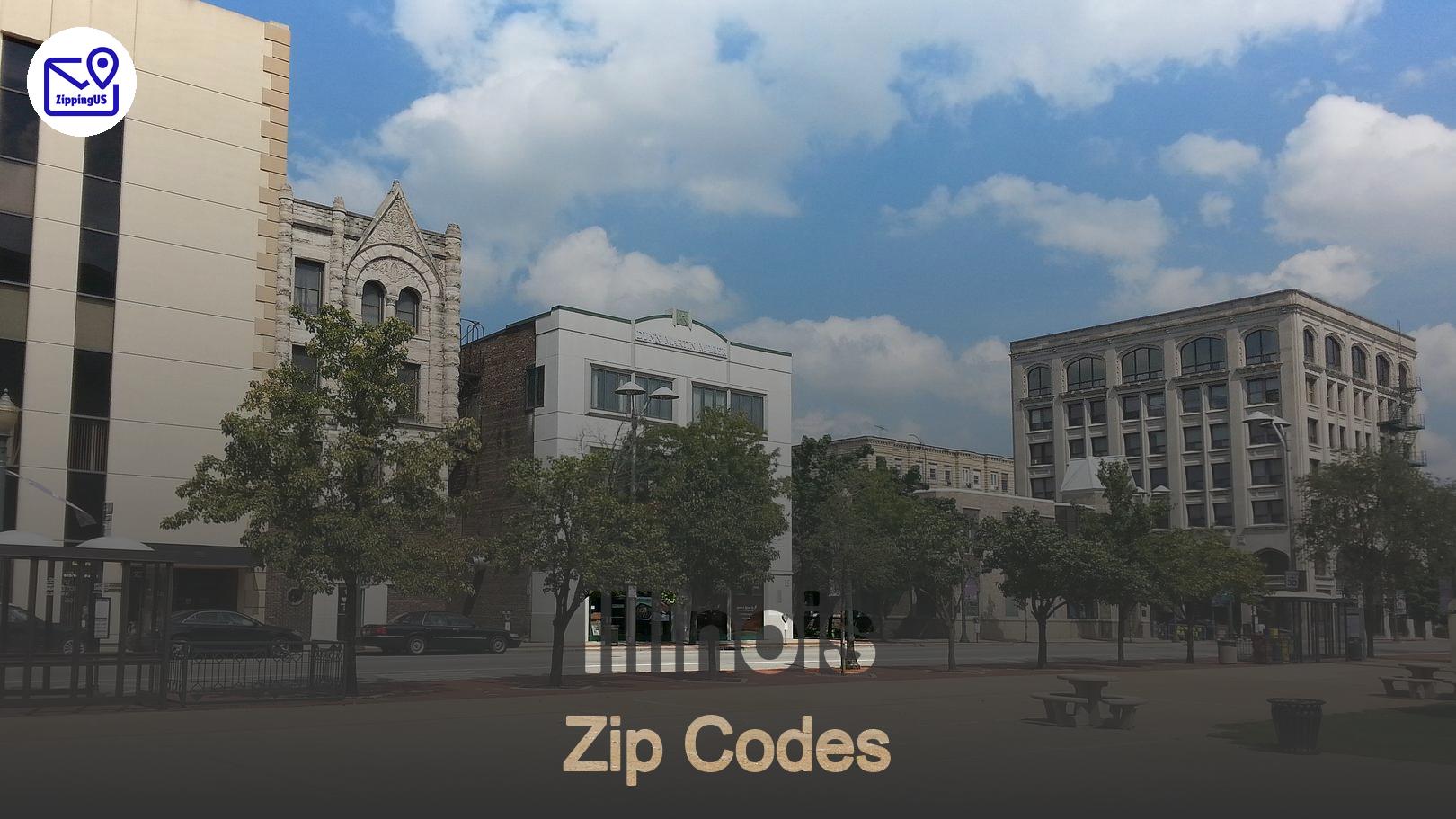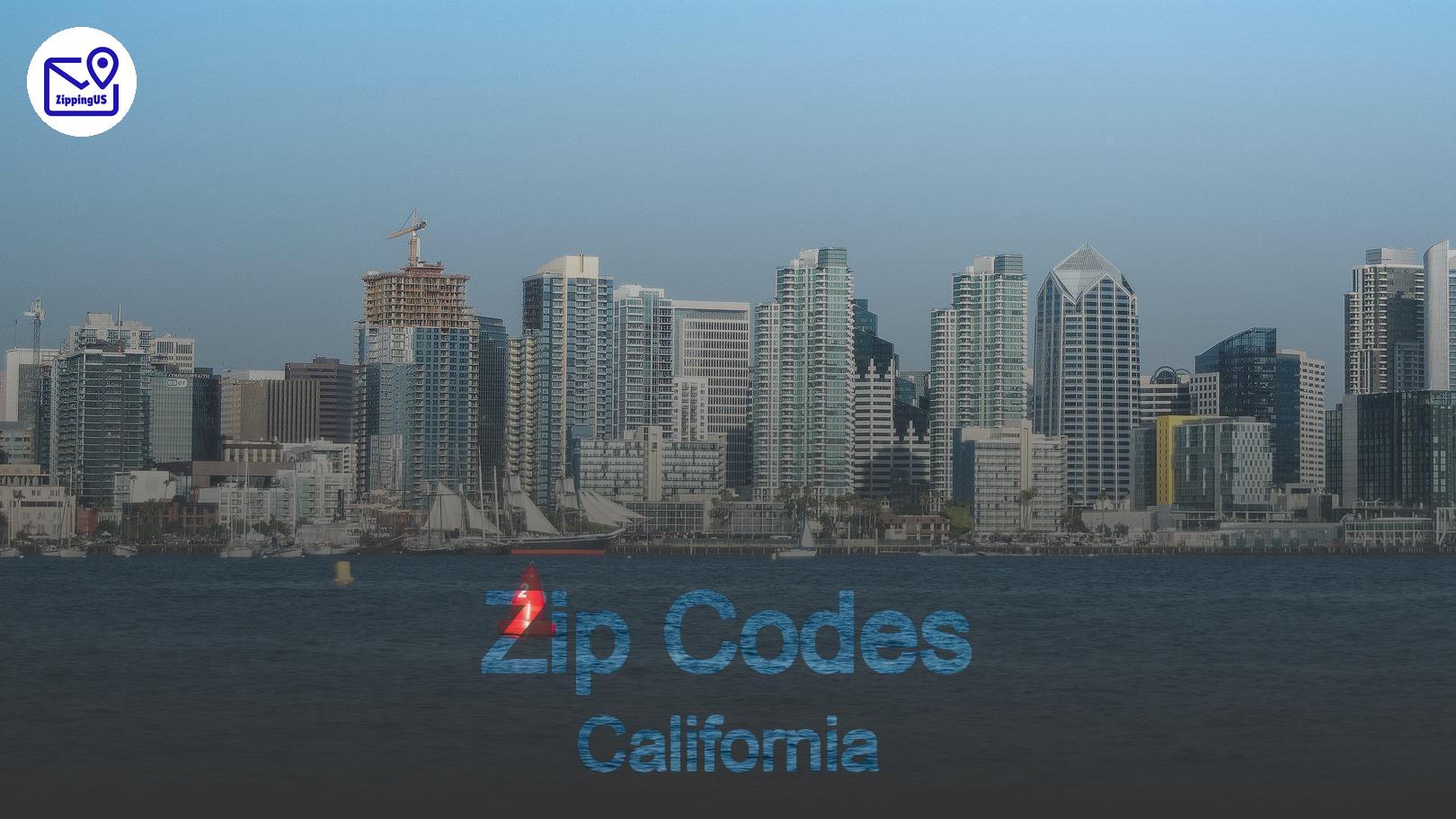You know those little five-digit numbers that show up in addresses? Yep, those are zip codes, and they’re way more important than you might think. In North Dakota, zip codes help everything run smoothly—from mail delivery to determining school districts and even emergency services. But zip codes aren’t just about sending letters; they tell a lot about a place. They can give you a sense of the community, population density, and geography of an area.

This guide breaks down everything you need to know about North Dakota zip codes. Whether you're moving, sending a package, or just curious, we’ve got you covered.
Understanding North Dakota Zip Codes
North Dakota may be one of the least populated states, but its zip codes are just as crucial as anywhere else. There are around 400 zip codes in North Dakota, covering its small towns, big cities, and wide-open spaces. Let’s dig into the key regions and the zip codes that serve them.
1. Major Cities and Their Zip Codes
Even though North Dakota isn’t packed with skyscrapers, it has a few larger cities that act as hubs. Here’s a closer look at the major ones:
Fargo: The Largest City
Fargo is North Dakota’s largest city and a key spot for business, education, and healthcare. It’s home to several zip codes, including:
- 58102: Central Fargo, near downtown and North Dakota State University.
- 58103: West Fargo, stretching into more residential areas.
- 58104: South Fargo, where newer developments and suburban communities are located.
Bismarck: The State Capital
Bismarck, the state capital, plays a major role in North Dakota’s government and commerce. Here are the zip codes that define its neighborhoods:
- 58501: Central Bismarck, including the downtown area.
- 58503: Northern Bismarck, with a mix of businesses and homes.
- 58504: South Bismarck, which is more residential.
Grand Forks: University City
Known for the University of North Dakota, Grand Forks has a unique culture and a few zip codes to keep in mind:
- 58201: Central Grand Forks, near the university and downtown.
- 58203: Western parts of the city, mostly residential and quieter.
2. Rural North Dakota: Small Towns and Wide Open Spaces
North Dakota is full of small towns, many of which have just one zip code covering the entire area. Here are a few notable examples:
Williston (Zip Code: 58801)
Williston is in the heart of the state’s oil boom. It’s a small city but has grown rapidly due to the energy industry.
Minot (Zip Code: 58701)
Minot is known for the nearby Air Force base and as a regional trade hub.
Dickinson (Zip Code: 58601)
This town serves as a gateway to the Theodore Roosevelt National Park and the western part of the state.
Devils Lake (Zip Code: 58301)
Famous for its large natural lake, this town offers fishing and outdoor recreation.
3. How Zip Codes Reflect North Dakota’s Geography
North Dakota is a vast state with diverse geography—from the flat Red River Valley in the east to the rugged Badlands in the west. Zip codes here are designed to match this spread.
Eastern North Dakota
The Red River Valley, where Fargo and Grand Forks sit, is relatively flat. This area has the most densely populated zip codes, with shorter distances between towns.
Western North Dakota
Out west, zip codes stretch over larger, more rural areas. Places like Williston and Dickinson cover much more ground, with fewer people per zip code.
4. Zip Code Boundaries and How They’re Set
Ever wonder how zip codes are drawn? It’s not just random numbers. Zip codes are determined by the U.S. Postal Service and are often based on mail delivery routes. In more densely populated areas like Fargo, multiple zip codes are needed. In contrast, rural areas might have one zip code covering hundreds of miles.
5. How to Find a North Dakota Zip Code
Need to find the zip code for a specific town in North Dakota? Here’s a quick breakdown of how you can do it:
- Use Online Tools: You can quickly find zip codes online by searching the name of the city or town.
- Postal Office Locator: The USPS website offers a handy tool for looking up zip codes by address.
- Maps: Some maps show zip code boundaries, which can be helpful for bigger cities like Fargo and Bismarck.
6. Why Knowing Zip Codes is Essential for Real Estate and Moving
If you’re thinking about moving to North Dakota or buying property, zip codes matter. They can impact everything from property values to school districts and even insurance rates. For instance, homes in the 58104 zip code in Fargo tend to be newer and more expensive compared to older areas in the 58102 zip code.
7. Zip Codes and North Dakota’s Growing Industries
The oil boom in western North Dakota has brought a lot of changes, especially in cities like Williston. Zip codes here are expanding as new developments pop up to house workers and their families. The same goes for areas around Bismarck and Fargo, where healthcare, education, and technology are driving growth.
8. Fun Facts About North Dakota Zip Codes
- Lowest Zip Code: 58001 – Abercrombie, a small town in southeastern North Dakota.
- Highest Zip Code: 58856 – Zahl, a rural community in the far northwest.
- Most Populated Zip Code: 58103 – West Fargo, where many families and businesses are concentrated.
- Largest Zip Code by Area: 58623 – Belfield, a town near the Badlands that covers a massive stretch of land.
FAQs About North Dakota Zip Codes
Q: How many zip codes are there in North Dakota?
A: North Dakota has around 400 zip codes.
Q: Are there zip codes that cover multiple towns in North Dakota?
A: Yes, in rural areas, one zip code can cover several small towns or communities.
Q: Why do some cities have multiple zip codes?
A: Larger cities like Fargo and Bismarck have multiple zip codes to handle higher population density and mail volume.
Q: How can I find a zip code for a specific town in North Dakota?
A: You can use online tools, the USPS website, or maps to look up zip codes.
Q: Do zip codes affect home prices in North Dakota?
A: Yes, different zip codes can reflect different property values, school districts, and even insurance rates.
Conclusion: Making Sense of North Dakota’s Zip Code Landscape
Whether you’re planning to move, send mail, or just satisfy your curiosity, understanding North Dakota’s zip codes is essential. From the bustling streets of Fargo to the wide-open spaces of the Badlands, these numbers tell the story of a state that’s as diverse as it is unique. Keep this guide handy the next time you need to navigate the ins and outs of North Dakota’s zip codes!

